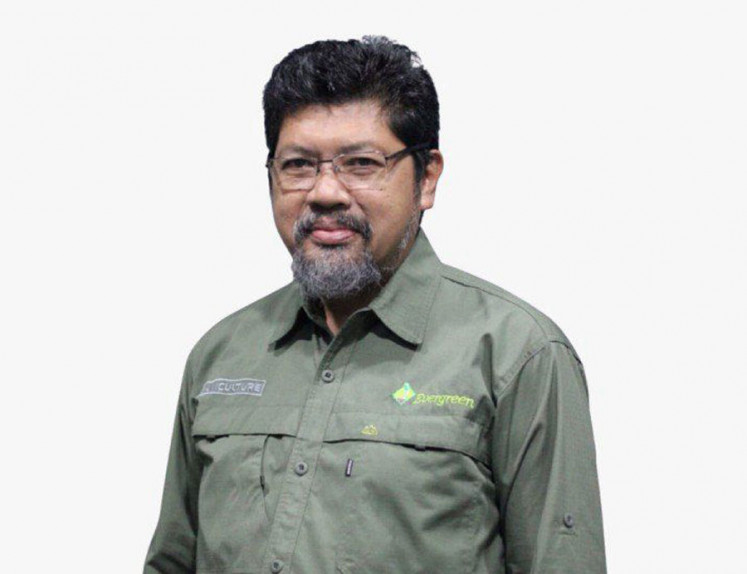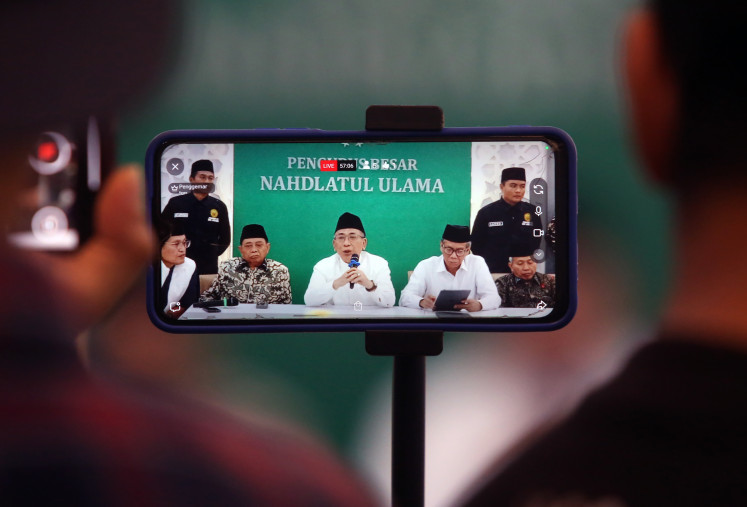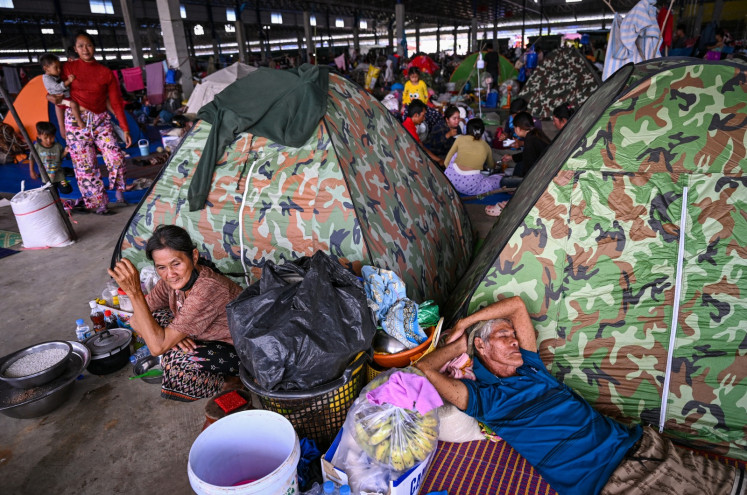Popular Reads
Top Results
Can't find what you're looking for?
View all search resultsPopular Reads
Top Results
Can't find what you're looking for?
View all search resultsPapua riots: Long-running protest with no solution
The most recent cases of racial abuse merely serve as a common gesture to narrow down the deep-seated grievances among Papuans.
Change text size
Gift Premium Articles
to Anyone
T
he West Papuan capital of Manokwari kicked off on Monday the public protests in Papua as a response to racial abuse in Malang and Surabaya on Aug. 16 and 17.
Accordingly, the Papuans started burning the provincial legislative council building down. Shortly after the riot, the indigenous people in Jayapura, the capital of neighboring Papua, held a long march to the governor’s office for another show of protest.
Based on our team field report, three issues were raised during the series of events: structural marginalization in the economy, politics and environment; discrimination in the form of racial abuse; and a referendum as an alternative to address the first and second issues.
The same tone of demonstrations also raised occurred in Bintuni, Serui, Yapen, Biak, Kaimana, Nabire and Merauke. Small-scale riots erupted in Manokwari, Sorong, Teminabuan, Timika and Fakfak. According to locals, some residents have been injured and one death was reported in Fakfak after the clash between the “pro-Indonesia” group and “pro-independence” groups.
The question remains, why did most of the riots flare in certain places? There are three answers to this. First is the slow police investigation into those involved in the racial abuse cases in East Java, according to Jayapura-based lawyer Latifa Anum Siregar. The Papuans initiated the protests in response to the ill-treatment.
Second is the involvement of civil society figures and local elites. Prodemocracy activist Antoni Ibra found that all groups, including youth and student organizations, church and customary leaders, and local politicians, led the peaceful demonstration in Jayapura. Governor Lukas Enembe even joined the mass protest. Likewise, Catholic priests led the peaceful rally in Merauke.
Third is local economic marginalization as a result of demographic changes. The small-scale riots broke out in migrant-dominated areas like Fakfak, Manokwari, Sorong and Timika, where non-Papuans have settled and marginalized indigenous Papuans. In his 2017 article “The Great Divide: West Papuan Demographics Revisited”, researcher Jim Elmslie shows that non-Papuans have dominated coastal areas, such as in Sorong and a few in highland areas, such as Timika.


















